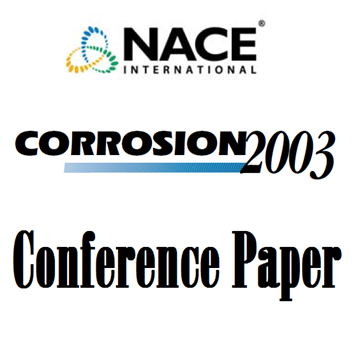Search
01018 HYDROGEN EMBRITTLEMENT STRESS CORROSION CRACKING OF SUPERDUPLEX STAINLESS STEEL
Also Purchased
05098 A Review on Hydrogen Embrittlement of Duplex Stainless Steels
Product Number:
51300-05098-SG
ISBN:
05098 2005 CP
$20.00
01011 CATHODIC PROTECTION OF STEEL IN DEEP SEA : HYDROGEN EMBRITTLEMENT RISK AND CATHODIC PROTECTION CRITERIA
Product Number:
51300-01011-SG
ISBN:
01011 2001 CP
$20.00
03534 EVALUATION OF HYDROGEN EMBRITTLEMENT OF S13CR STAINLESS STEELS BASED ON SSR AND CTOD TESTING
Product Number:
51300-03534-SG
ISBN:
03534 2003 CP
Publication Date:
2003
$20.00




